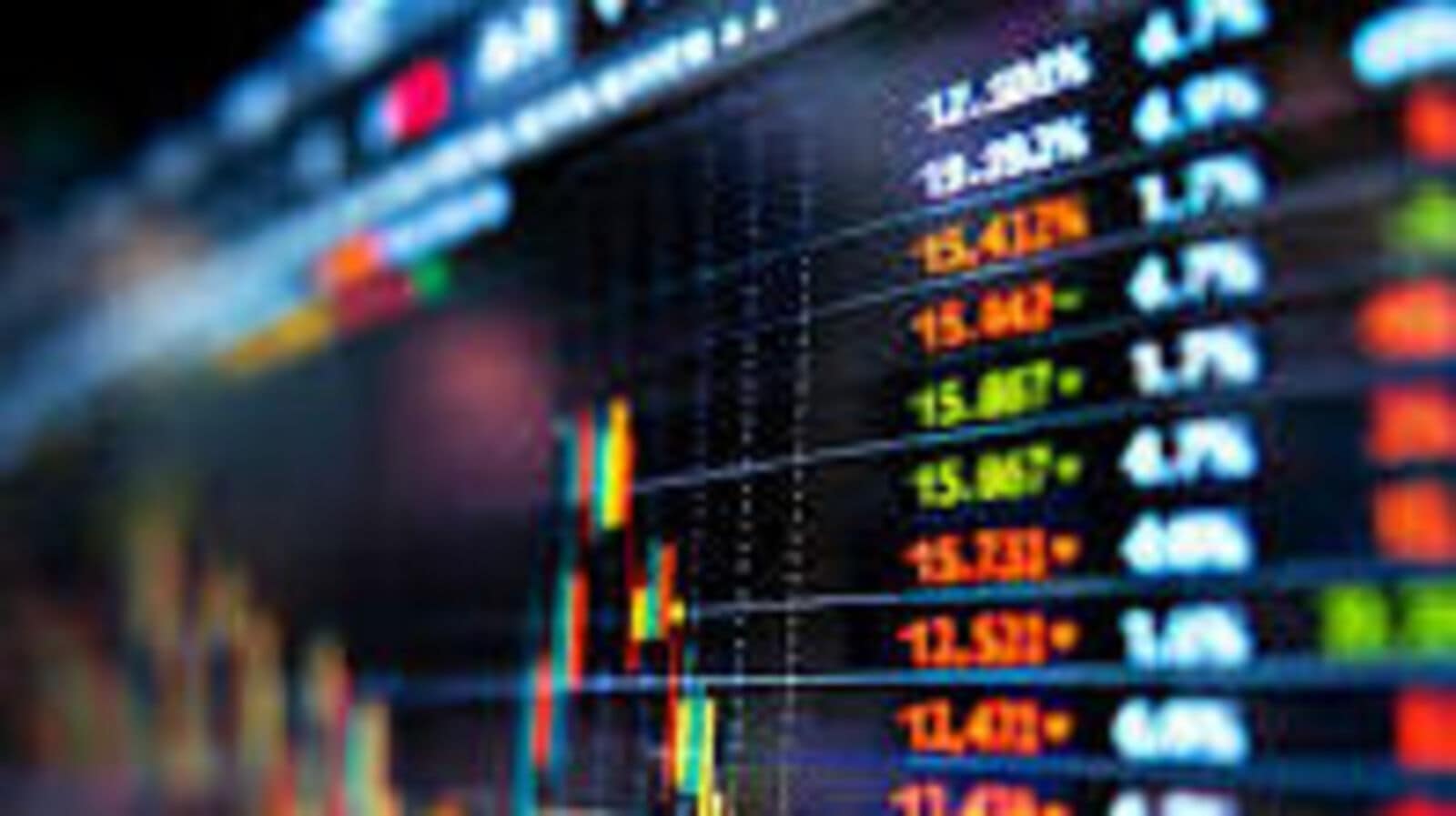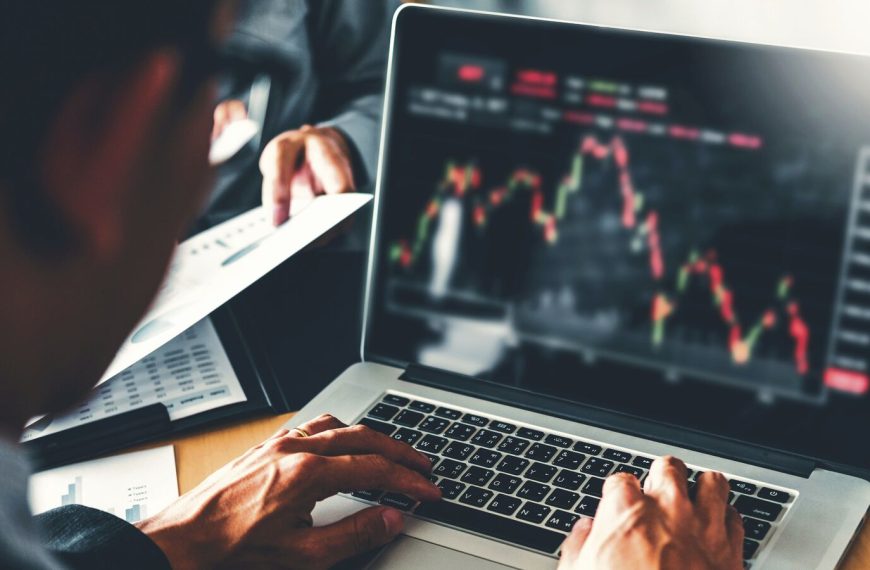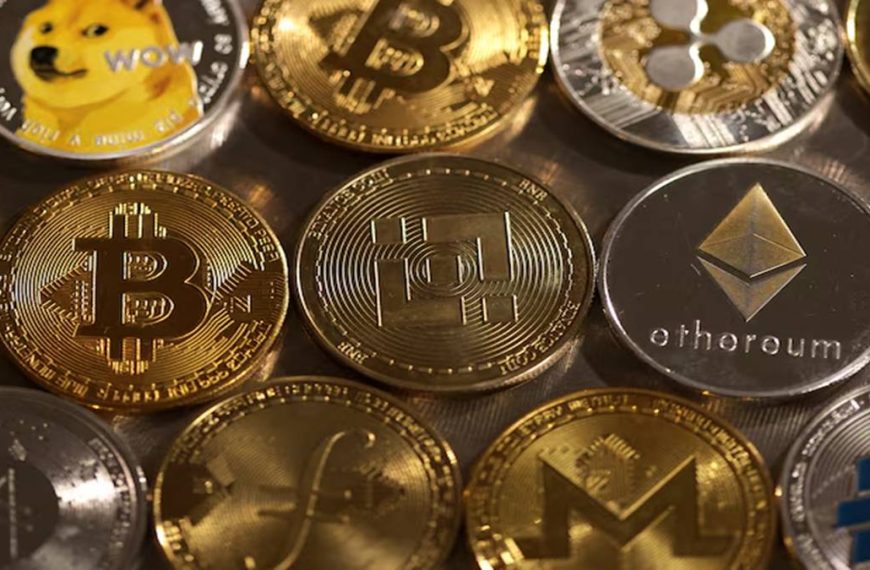Anxiety has surged through global financial markets as President Donald Trump’s recently announced tariffs spark fears of economic fallout. With Wall Street’s Cboe Volatility Index reaching a five-year high, investors are bracing for a prolonged period of uncertainty. The Nasdaq Composite has officially entered bear market territory, registering a staggering drop of over 10% in just two days, igniting concerns about a looming recession.
Market Reaction to Tariff News
The tumultuous market shifts reflect the deep-seated panic among investors regarding the potential repercussions of the tariffs. As China retaliates with its own tariffs on U.S. goods, analysts warn of a possible escalation into a full-blown global trade war.
- The S&P 500 has plummeted nearly 14% this year.
- The Cboe Volatility Index (VIX) spiked by 15.29 points, closing at 45.31.
- Fear levels not seen since April 2020 have left financial executives expressing dismay over the economic outlook.
Businesses Brace for Impact
Many business leaders are feeling a sense of "shellshock," grappling with the potential economic damage stemming from the tariffs. As one unnamed executive noted, reactions within the industry are rife with alarm, with the sentiment echoing, "Oh my God, terrible!"
Joe Tigay, a portfolio manager at Rational Equity Armor Fund, remarked that a VIX reading of 40 indicates significant fear in the market, typically associated with heightened risks that could spill over into various asset classes.
Currency and Bond Market Volatility
The turbulence extends beyond equities. In the currency markets, euro volatility reached a two-year high, climbing to 10.45. The euro experienced a 1% decline against the dollar, as the greenback also fluctuated wildly in response to the tariff news.
- The U.S. 10-year Treasury yield fell to its lowest level in six months, settling at 3.86%.
- As safe-haven buying surged, Treasury yields have plummeted amid recession concerns and changing Federal Reserve policy expectations.
The Broader Economic Landscape
Federal Reserve Chair Jerome Powell highlighted that the tariffs could lead to greater-than-expected economic repercussions, including higher inflation and slower growth. In response to the economic turmoil, Trump urged Powell to consider cutting interest rates, suggesting it’s the "perfect time" for such measures.
Looking Ahead: Market Sentiment
Market volatility is expected to persist until there are tangible changes in tariff policies or indications of genuine negotiations. Kathy Jones, chief fixed income strategist at Schwab Center for Financial Research, warned that the market will remain under pressure without these developments.
- High yield corporate bond spreads have surged to 401 basis points, reflecting tightening financial conditions.
- The short-term cost of insuring against U.S. government debt has also climbed, with credit default swaps widening significantly.
In the face of this uncertainty, global hedge funds and leveraged ETFs have aggressively offloaded stocks, with estimates suggesting they sold over $40 billion recently. Conversely, retail investors have adopted a "buy the dip" strategy, purchasing $4.7 billion in stocks, the highest level seen in a decade.
Conclusion
As the effects of Trump’s tariffs continue to create ripples across financial markets, the consensus among analysts is clear: without substantial evidence of negotiations or policy shifts, predicting a market bottom remains a daunting challenge. With the ongoing market volatility, investors are left watching closely and adapting their strategies amid an ever-evolving economic landscape.











